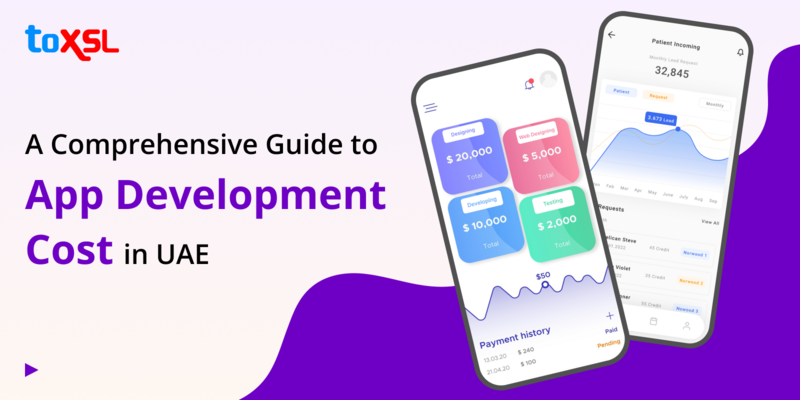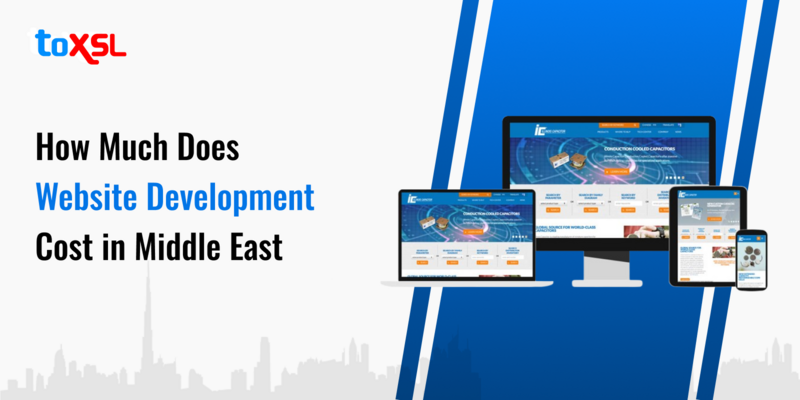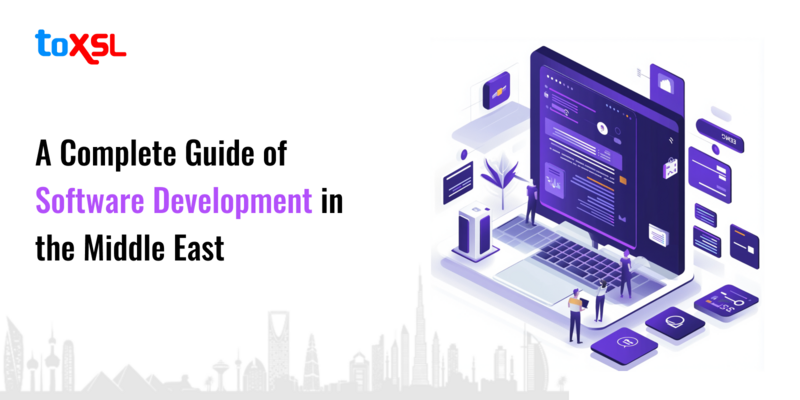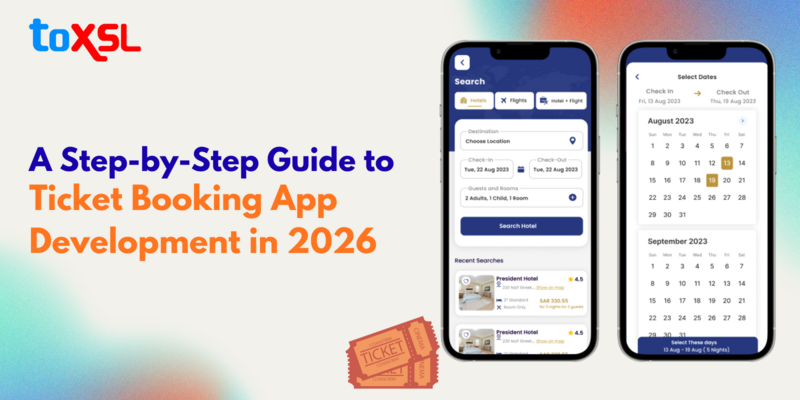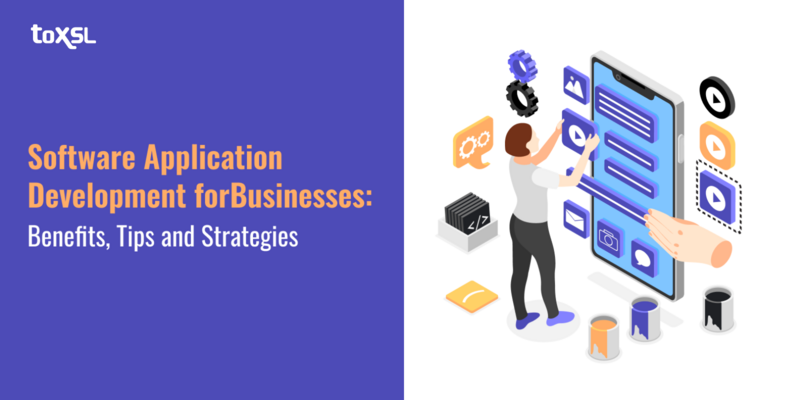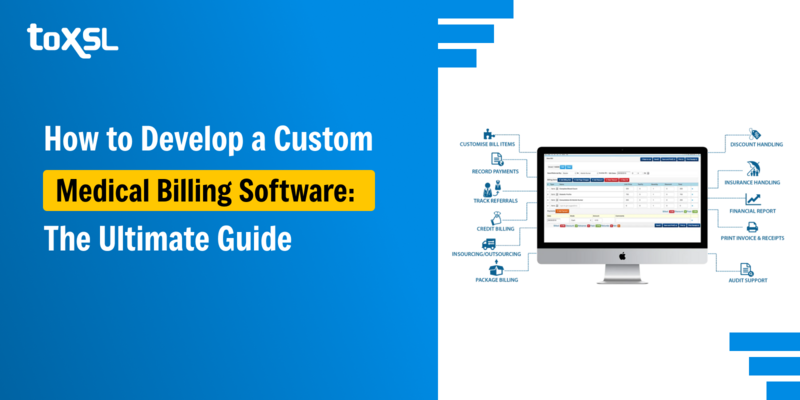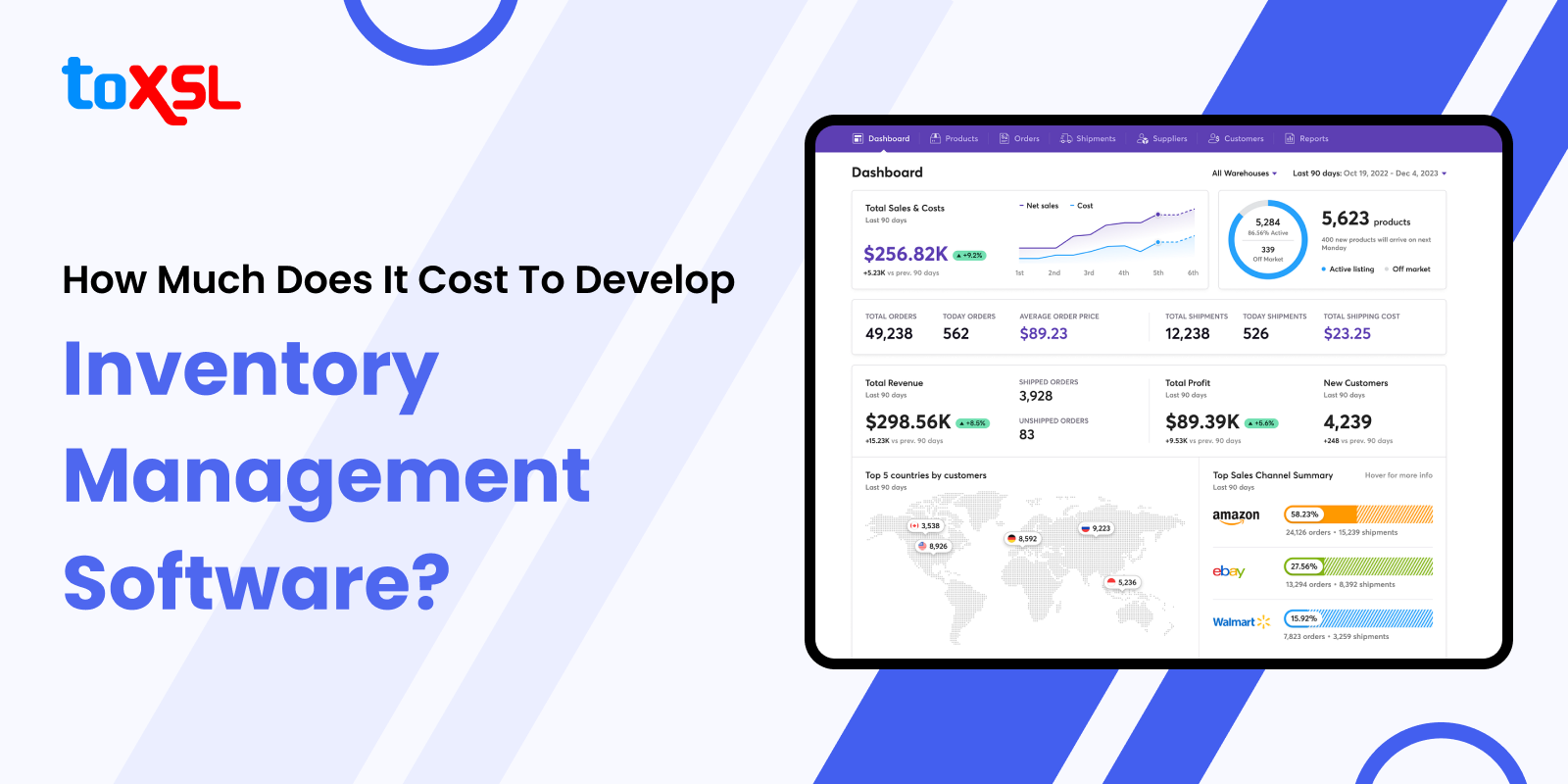
Are you struggling with inventory management? As a business grows, keeping track of inventory becomes difficult, leading to inefficiencies. So, how do businesses operate efficiently? This is where inventory management software comes in. Inventory management software tracks a company’s inventory and sales, simplifies the tasks required to track inventory effectively, updates accounting data, and automates warehouse management and inventory.
The inventory management software market is expected to reach USD 4.84 billion by 2032, at a CAGR of 9.7% each year from 2025 to 2032. These software help businesses store details of each product and give visibility of stock movement within the supply chain, determining if all items are in stock. Let us dive deeper into the blog and learn more about inventory management software.
Cost To Develop Inventory Management Software
Understanding the overall cost of inventory management software is crucial for businesses that are aiming to streamline their business operations. The cost to build inventory management software varies a lot, depending on the types of features and functionalities you want to incorporate. Hence, knowing your business requirements can help you decide the features and functionalities, helping you determine the realistic budget. Generally, the cost to develop an inventory management software ranges between $15,000 and $100,000.
However, as we mentioned above, the cost is not fixed and depends on numerous features and functionalities. Let’s take a quick look at the factors associated with the cost of inventory management software.
Complexity of software: One of the most crucial factors that determines the cost of software is complexity. A simple software demands basic needs of a software and is less costly; however, if you want to develop an advanced software, it is usually made up of complex features and is costly.
Design and User Interface: A well-designed and user-friendly software increases the usability. However, it adds to development costs. Your website’s layouts, graphics, and content communicate with users. However, customized designs can cost you money.
Geo-location: The location of the development team impacts the cost greatly. If you hire a software development team from Asia, it will cost less than hiring from Western European countries.
Third-party Integration: Integrating the inventory system with e-commerce and accounting platforms can streamline business processes. However, while developing a website, you might have to take the help of third-party APIs, impacting the cost of development.
Ongoing Maintenance and Support: Once your app is launched, it is crucial to maintain it and ensure that users don’t face any issues while using it. However, maintenance can cost businesses more money.
Top Features of Inventory Management Software
Now that we have learnt about the benefits of inventory management software. You might be wondering about the features of inventory management software. There are a few key features that help businesses build the best and most innovative inventory management software. So, what are they? Let us now dig a little deeper into the key features of inventory management software.
Inventory Management: This feature helps businesses keep their important warehouse functions centralized. Inventory management tracks details such as stock level, product history, and other product specifications. Also, it ensures that data syncs with other modules in the inventory system. This helps businesses operate properly and enhance their productivity. This feature helps businesses handle various subcategories and features to get real-time reports. These automated reports help in controlling issues quickly and allow businesses to take required steps. Inventory management helps businesses categorize products in stock, take measurements of the products, get product history, livestock reports, vendor management, eCommerce, and more.
Barcoding & Tagging: Barcoding helps businesses remove standard human error, offers reliable solutions, and reduces employee training time. Barcoding and tagging help businesses improve and track important things. Some of the important things that you can get done with the help of a barcode module are faster performance, accurate details of products, and more.
Inventory Tracking: Warehouse needs to hire a workforce to track the inventory. But with barcodes and inventory tracking, it has become easy for businesses to track the inventory easily. Inventory tracking makes it easy for businesses to track the inventory accurately, including product tracking, tagging, reports, and more.
Reporting Tools: To be successful, businesses need to keep the real-time data updates regarding product status, driver’s whereabouts, order status, shipment, and more. An efficient inventory management app must have the capabilities of integrating reporting tools and features, making the reporting process easier. There are numerous features that businesses get from reporting tools, such as smooth communication, enhanced productivity, reduced human error, and much more.
Inventory Forecasting: Inventory forecasting helps businesses find out if the product is out of stock or available in bulk. This helps businesses serve an excellent user experience to their customers. Also, inventory forecasting gives businesses wisdom to spend their resources wisely. This makes them more alert about sales attributes, including size, color, material, and more, giving you a better judgement of purchase quality, a better understanding of where to spend money, and powerful insights about the future; it aligns sales and marketing efforts, lowers holding costs, increases turnover rates, and maximizes asset efficiency.
Inventory Alerts: No businesses can afford wasting time and money on manually monitoring the stock data. Hence, inventory alerts are a great feature that help businesses find out possible issues that can occur in the future. These alerts tell everything from what is going out, what comes in, shipment status, issue alerts, and more. Inventory alerts help businesses reduce stock waste, optimize inventory levels, improve cross-department visibility of stock data, drive sales, and more.
Inventory Security and Backups: Security is crucial for every business. Having the right security is essential for business. It is crucial for businesses to protect their assets as well as their data. Hence, it is crucial for inventory management apps to have robust security features. In general, inventory must be optimized to save data from hacking.
IoT Integration: IoT-driven inventory management is in high demand. The integration of IoT with RFID is helping manufacturers solve problems faced manually. From real-time visibility of the inventory to automatically recording details, help businesses manage their inventory wisely. IoT integration helps businesses track and report automatically, keeping inventory optimized, and more. With that, IoT with RFID allows businesses to get deep insights that can help them stay more informed about items such as location, an asset’s live status, and more.
Cloud-based Inventory System: A cloud-based inventory system allows businesses access to and checks their inventory app. It allows businesses to track their inventory in real-time and access the system on any device. It will improve the communication and coordination among employees, helping you make better decisions. Cloud-based inventory systems help businesses save money, ease access, offer safety, enhance real-time visibility, and more.
Inventory App Integration: Here, companies have already installed a few software systems, such as ERP systems, and can easily integrate inventory management apps and offer data tirelessly. Also, as the business grows, the business needs to manage complicated inventory processes, reducing the chance of miscommunication.
Benefits of Inventory Management Software
Inventory management software helps businesses keep an accurate count of stock. However, there are numerous benefits of having inventory management software that can help businesses grow:
Improve Forecasting: Inventory management software helps businesses handle data and check analytics that can help them understand the availability of stock.
Enhanced Visibility: An inventory management software offers real-time information and delivers data to all devices available.
Inventory Optimization: Maintain stock and inventory with the right inventory management software., helping businesses ease their processes.
Data-driven Decision Making: The analytics capabilities of inventory management software help businesses make data-driven decisions and save money.
Final Words
Now that we have reached the end of the blog, we hope that you have understood the importance of inventory management software for your business. If you are looking to develop inventory management software, look no further than ToXSL Technologies. We are a leading software development company, renowned for developing the best inventory software for businesses globally.
Our team of experts holds experience in relevant technologies and ensures to offer the solutions that not only drive traffic but also help you generate revenue. So, don’t wait. Contact our team today and learn how we can simplify your business inventory.

